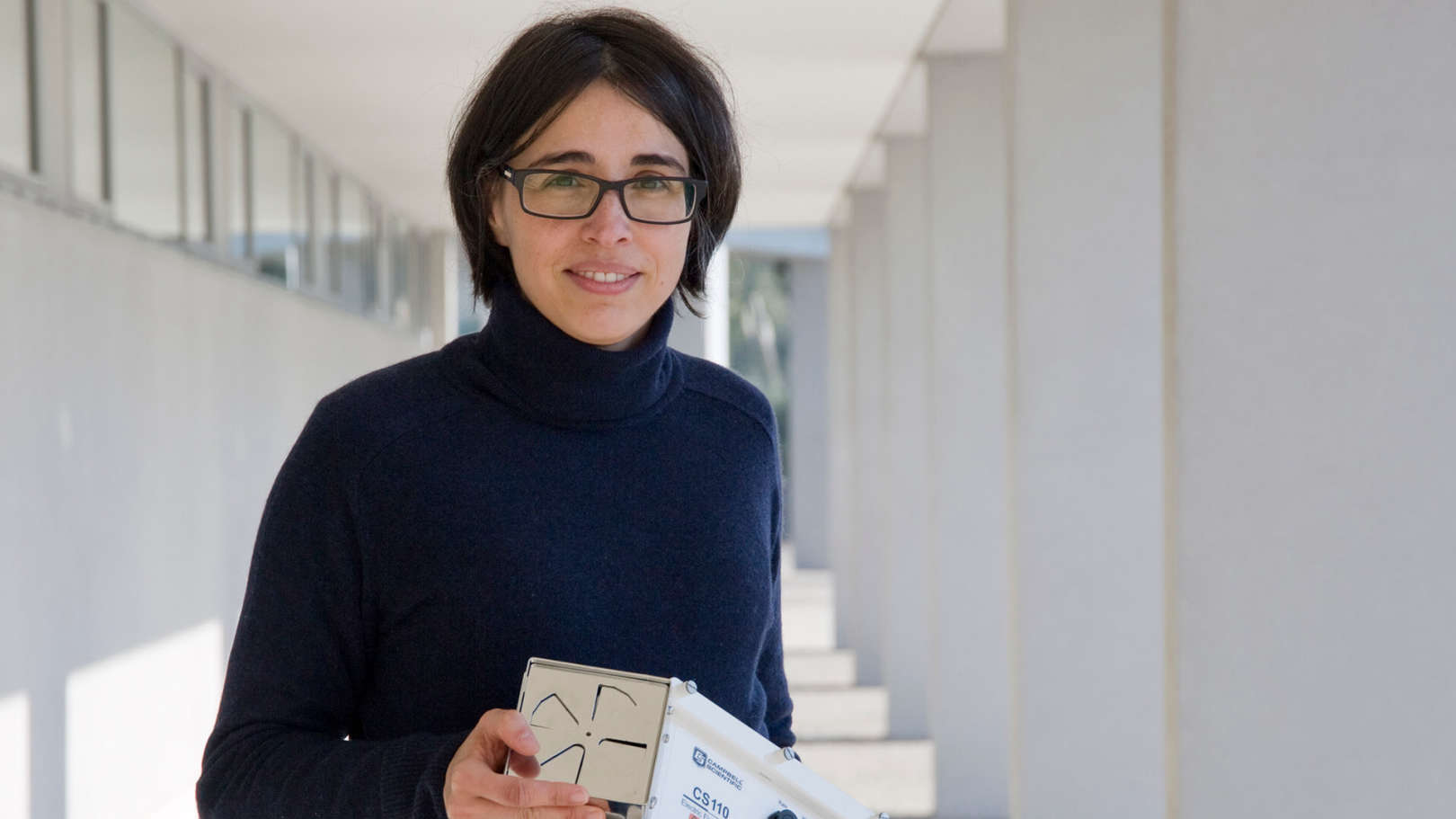About
I’m a senior researcher at INESC TEC, working at the interface of data science, earth observation and robotics. My background is in physics and applied mathematics (astronomy), with a master degree in the field of scientific computing and a PhD in surveying engineering [Thesis: Sea level change in the North Atlantic from tide gauges and satellite altimetry]. My research is highly interdisciplinary, with a strong emphasis on data science, particularly time series analysis of environmental data. I’m keen on ensuring that data is FAIR and open, and I have published and made publicly available +10 datasets. I edited a book and 4 topical volumes, and authored 3 book chapters and +55 papers in international peer-reviewed journals. I served as expert evaluator for +10 foreign funding institutions.


